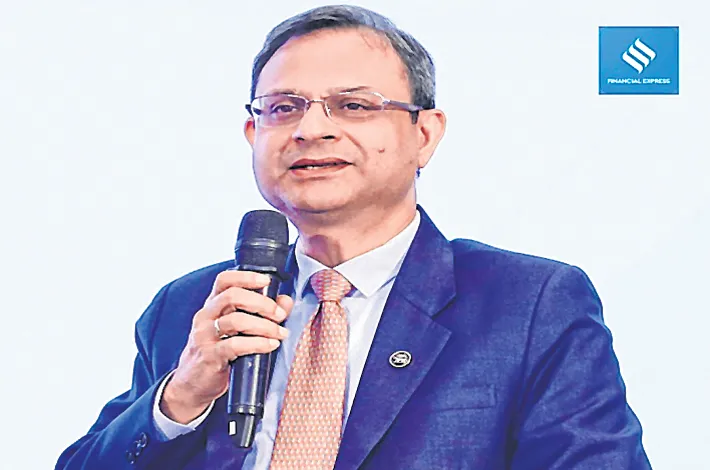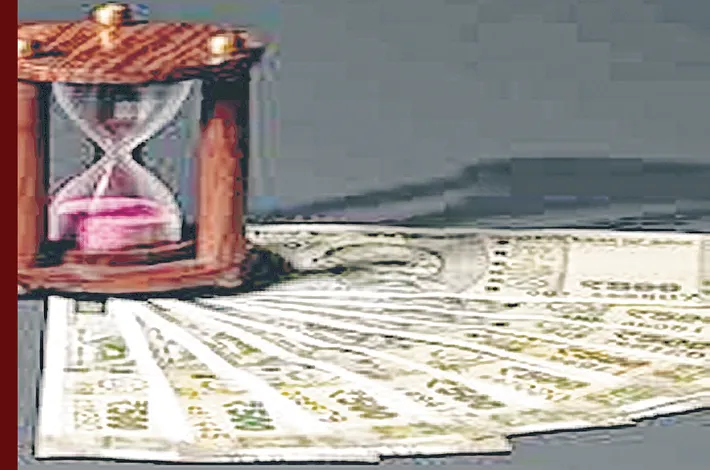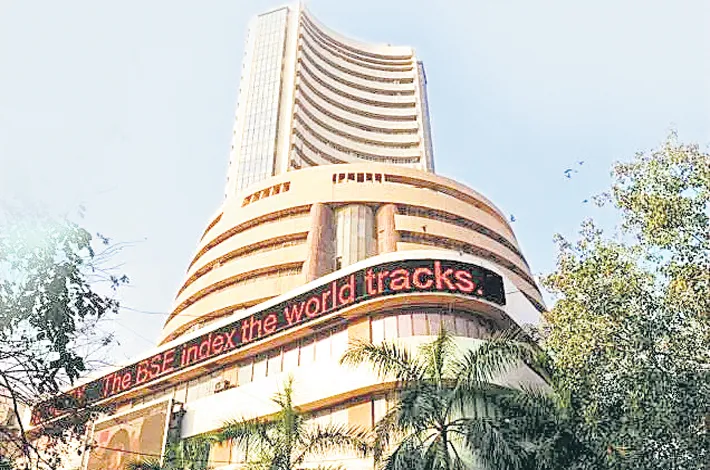A year after Hasina’s ouster: B’desh slips into darkness
06-08-2025 12:00:00 AM

For Bangladeshis, the hopes of the August 2024 uprising have turned to ashes. Bangladesh now teeters on the edge of religious authoritarianism
One year after the dramatic toppling of Sheikh Hasina’s Awami League government in August last year, Bangladesh stands at a dangerous political and ideological crossroads. Last week in Parliament, Congress MP Randeep Singh Surjewala raised a pointed question: Was the Indian government aware of a group in Bangladesh calling itself the Sultanat-e-Bangla, which had circulated a provocative map of a “Greater Bangladesh”, one that included parts of Indian territory, and that this effort was reportedly being backed by a Turkish organisation? External Affairs Minister S. Jaishankar confirmed that the government was indeed aware of the development and assured that India was closely monitoring the situation. This episode in India’s Parliament underlined not just the deterioration in India-Bangladesh relations, which was just a year back hailed as one of the closest in South Asia, but also highlights a broader trend of rising radicalisation and internal instability within the 54-year-old nation.
Since the fall of the Sheikh Hasina government in 2024, the interim regime led by Prof Muhammad Yunus has strangely released most of the convicted terrorists who had been imprisoned during the Hasina years.
Many of them are now believed to be rebuilding their networks. Old terror groups like Ansar al-Bangla are reportedly recruiting afresh, and bringing in fresh funds from transnational patrons.
The combination of territorial irredentism promoted by groups like Sultanat-e-Bangla, and the reactivation of militant ecosystems in a neighbouring country, points to a wider deterioration of the security architecture in Asia. Far from ushering in a democratic renewal, the fall of the Awami League regime and its replacement by a regime led by Prof Mohammad Yunus, and increasingly influenced by Islamist groups, has uncorked a storm of rage, repression, and religious coercion. According to research by rights activists, over the last one year, Bangladesh witnessed 637 documented cases of mob lynchings. This represents a more than twelve-fold increase from the previous year.
The sheer scale of brutality which has been witnessed over the last one year seems to have shocked the national consciousness. On August 25, 2024, a mob set ablaze the Gaji Tyres factory in Rupganj, incinerating 182 people. Just weeks earlier, 24 people were burnt alive at a Jessore hotel. Neither incident saw formal investigations: the state, effectively absent, had ceded control to the mob.
Hailed initially by the international community as a potential reformist force, Yunus’s administration has instead struggled to contain anarchy—or, as many now suspect, has looked the other way while darker forces consolidate power. The security vacuum left by the disbanded, or disoriented, police and judiciary has been filled by mobs and ideological militias, and a new judicial apparatus which often acts more as a kangaroo court. In the absence of due process, ordinary citizens have turned to rumours, suspicion, and sectarian prejudice to justify acts of savage “justice.” Over 70 per cent of lynching victims are believed to be affiliated with the former ruling party or leftist movements. Accusations of theft, harassment, or blasphemy, more often than not unfounded, are enough to trigger lethal violence, often orchestrated through viral posts on Facebook or WhatsApp.
Social media, once used to voice dissent, has now become a feared weapon in the hands of the new radicals. A fabricated post in Chittagong, claiming that the Koran had been desecrated, led to a violent rampage that left two dead and entire neighbourhoods in ruins.
Amid the chaos, Islamist forces have moved with speed and intent. The controversial Jamaat-e-Islami, long banned from elections for its role in the 1971 genocide, has re-emerged with vengeance. Jamaat has exploited the post-Hasina vacuum to try muscle in through an ideological control over society.
Aligning with Hefazat-e-Islam, which incidentally was created by Sheikh Hasina as a force against the Jamaat, and a host of lesser-known hardline outfits, Jamaat has captured both street power and state machinery. What began as a movement for accountability has, within months, become an Islamist surge. Joining this coalition is the newly formed National Consolidation Party (NCP), widely seen as a “King’s party” with ties to the interim government and an ideological allegiance to Jamaat.
The July 2025 crackdown in the Gopalganj district, from where Sheikh Mujibur Rahman, Bangladesh’s founding father, hailed and seen as an Awami stronghold, was particularly telling. The NCP led a march to the district and, following small skirmishes with the Awami supporters, ordered a military crackdown in the area.
Unarmed civilians were shot dead by security forces, some of them beaten to death. After which a five-day rampage of a chilling cordon and search on the lines of Northern Ireland was unleashed on the area as Bangladesh’s navy blockaded and cut off the riverine district near the Bay of Bengal from the rest of the country.
More than 4,000 people were arrested. Some 300 of them remain missing, according to sources. The broader campaign has not been merely punitive—it was, and is, designed to be transformational. Statues of Sheikh Mujib have been demolished and museums commemorating the 1971 war have been razed. Minority neighbourhoods have been burned down, Sufi shrines desecrated, and women wearing Western attire publicly shamed or assaulted.
At the same time, hundreds of journalists, academics, and public figures—particularly those with secular or leftist leanings—have been jailed. Names like imprisoned writer Shahriar Kabir, economist Abul Barkat, journalists Mozammel Babu, and Farzana Rupa are now whispered with a mixture of admiration and fear for what lies ahead for this nation of 170 million people. Inside the state, ideological reengineering is underway. A reform commission, under pressure from Jamaat and its allies, is reviewing amendments that would replace secularism with “absolute trust and faith in Almighty Allah” as the guiding principle of statehood. This potential shift would nullify the very foundations of the 1971 liberation movement, which envisioned a pluralistic and inclusive Bangladesh.
The public space, too, is being captured. With rallies demanding the imposition of the Shariah law, stricter blasphemy regulations, and censorship of “un-Islamic” art and culture, an atmosphere of fear has become the new normal. Independent media has been muzzled or co-opted, while university campuses—a former bastion of liberal activism—are now dominated by Islamist student groups.
Traditional political actors, such as the Bangladesh Nationalist Party (BNP), weakened by years of internal strife, and the remnants of the Awami League, battered and disorganised, have failed to offer meaningful resistance. Straw polls still show them retaining their position as the most popular political forces, but popularity without power is but a mere chimera. Meanwhile, elections, originally scheduled for late 2025, have been quietly delayed under the pretext of national security.
Critics fear this is a calculated strategy by Jamaat and its allies to solidify their hold on power. As Islamist influence seeps deeper into the bureaucracy, military, and judiciary, the possibility of a democratic restoration grows dimmer by the day. In the eyes of many Bangladeshis, the hopes of the August 2024 uprising have turned to ashes. Bangladesh now teeters on the edge of a long, dark winter of religious authoritarianism, mob rule, and institutional collapse.








